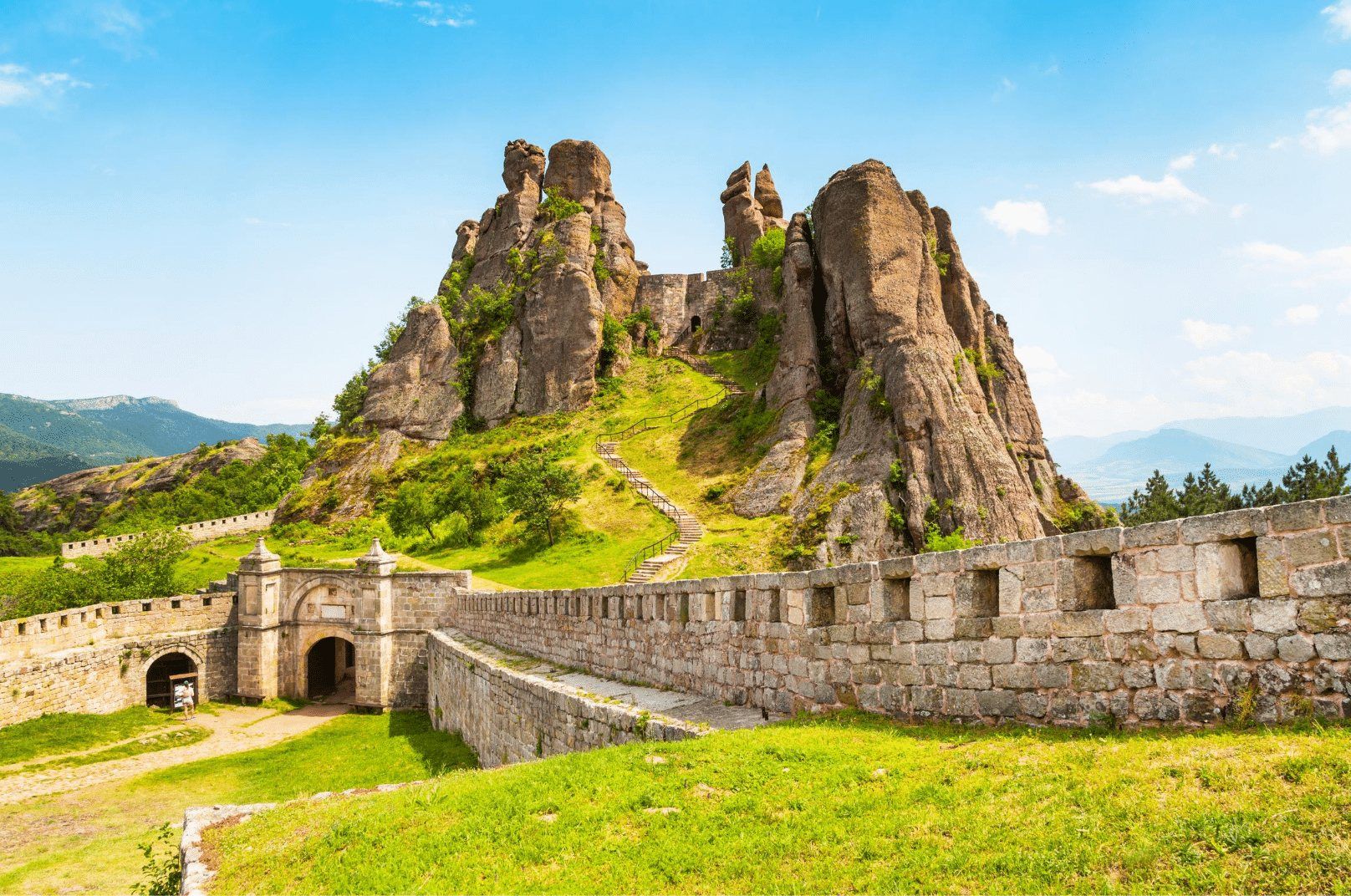
Bulgaria is a relatively off-the-beaten-path and inexpensive European destination. The country boasts incredible landscapes, stunning monasteries, a beautiful coastline along the Black Sea, and ancient Roman ruins.
Bulgaria is one of my Top Budget Destinations Around The World!
Here is the ultimate 10-day Bulgaria itinerary!

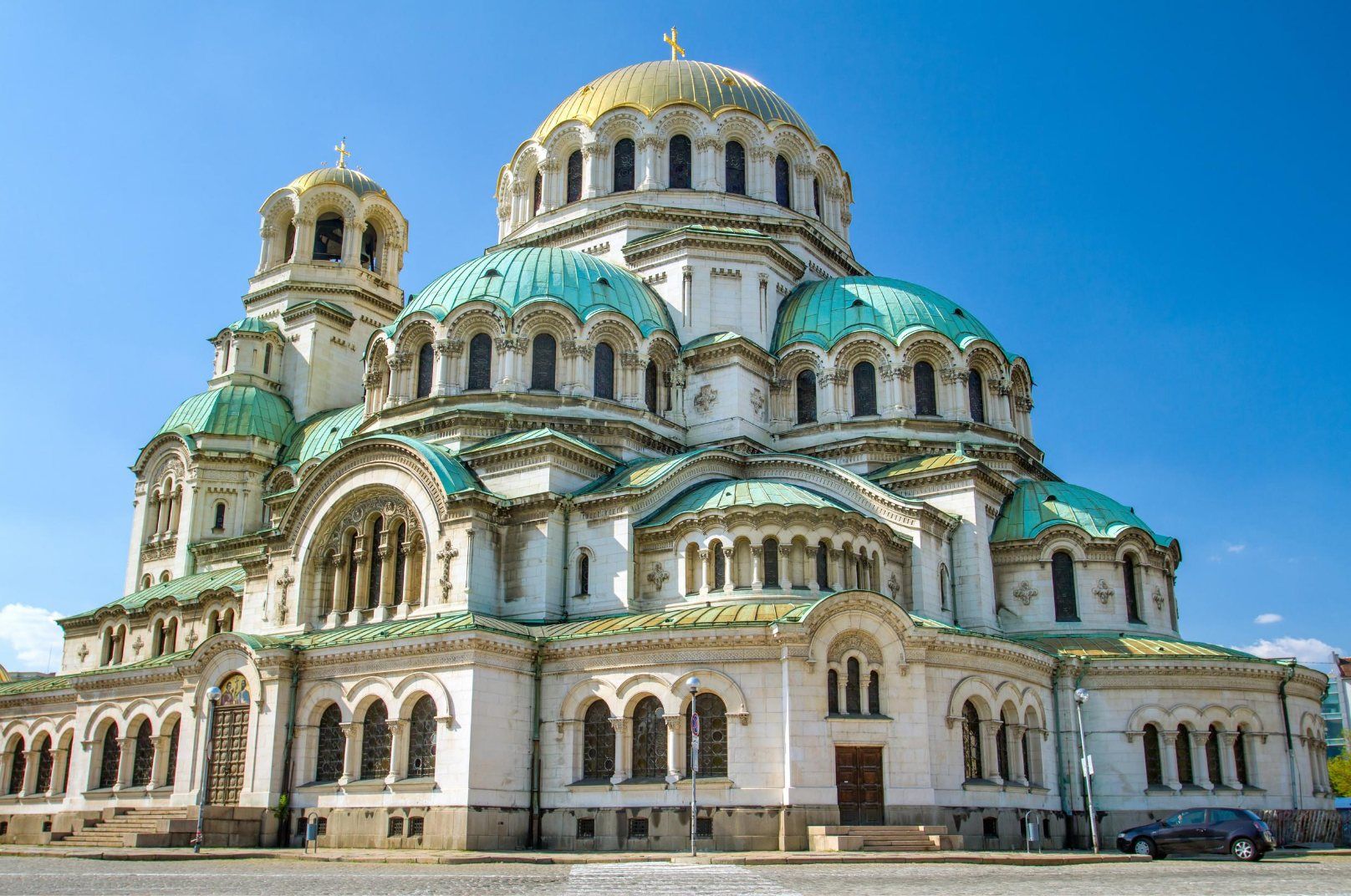
3 Nights in Sofia
Sofia is the capital of Bulgaria, and its food, architecture, and culture are a fascinating blend of Western European, Soviet, and Middle Eastern influences.
Spend your first two days exploring the city. I recommend starting with a walking tour to get oriented. Other must-do activities are touring the St. Alexander Nevski Cathedral (pictured above), stroll through the Borisova Gradina, a mineral bath in a hot spring spa, and a pub crawl.
Then spend your third day in Sofia on one of these day trips:
The 7 Rila Lakes: To get here, you’ll drive about an hour and a half from Sofia and take the Panichishte Resort cable car up to the start of the hiking routes. The hike to the viewpoint to see all 7 of the lakes will take about 5 hours round trip, but you can walk along and between the individual lakes at lower altitudes on shorter and less strenuous hikes.
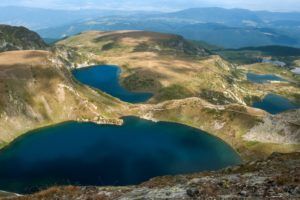
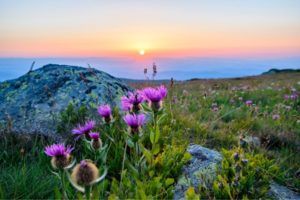
Vitosha Mountain: This is the majestic mountain you’ll see at every turn in Sofia. It’s home to some of the best panoramic views of the area. It’s also where you’ll find the Golden Bridges, which are actually stone rivers with a unique golden hue.
Prohodna Cave: Also known as “The Eyes of God,” this is one of the most famous and accessible caves in the country. You can hike or rappel into the cave, depending on your adventure level.
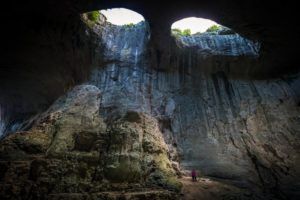

1 Night in Belogradchik
1 Night in Belogradchik
When you depart Sofia on your fourth day, I recommend renting a car for the rest of this itinerary. A car will save you a lot of time. Trains only serve the larger cities, and buses can take up to three times longer than a car. Plus, the road and driving conditions in Bulgaria are good, and with a car, you can stop anytime you see something amazing!

Belogradchik is home to the Belogradchik Rocks and the Belogradchik Fortress. If I could only recommend one thing to do in Bulgaria, it would be to visit the Belogradchik Fortress – one of the most beautiful and unique places I’ve ever visited.
The Belogradchik Rocks (pictured in the first image on this page) are a group of strangely shaped sandstone rock pillars. The rocks almost seem to rise out of nowhere – going from gently rolling hills to sheer rock spires in a matter of meters.
These rocks created a natural fortification, so the ancient Romans built the Belogradchik Fortress in the 1st – 3rd century AD. The fortress extends from the base of the Belogradchik Rocks up to The Citadel (pictured in the top image on this page) on top of the rocks.
The Belogradchik Fortress is open from sunrise to sunset, so you should leave Sofia by mid-morning at the latest for the roughly three-hour drive. I would plan to spend 3-4 hours at the fortress climbing up the stairs and trails to the peaks of the rock formations for some of the most stellar views you’ll ever see.
You should eat lunch before you arrive at the fortress and bring snacks and full water bottles. After you’ve explored the fortress and rocks to your liking, head to the quaint mountain town of Belogradchik for the night.
You could do the Belogradchik Fortress as a day trip from Sofia, but it will be a long day trip, and the town of Belogradchik is lovely.

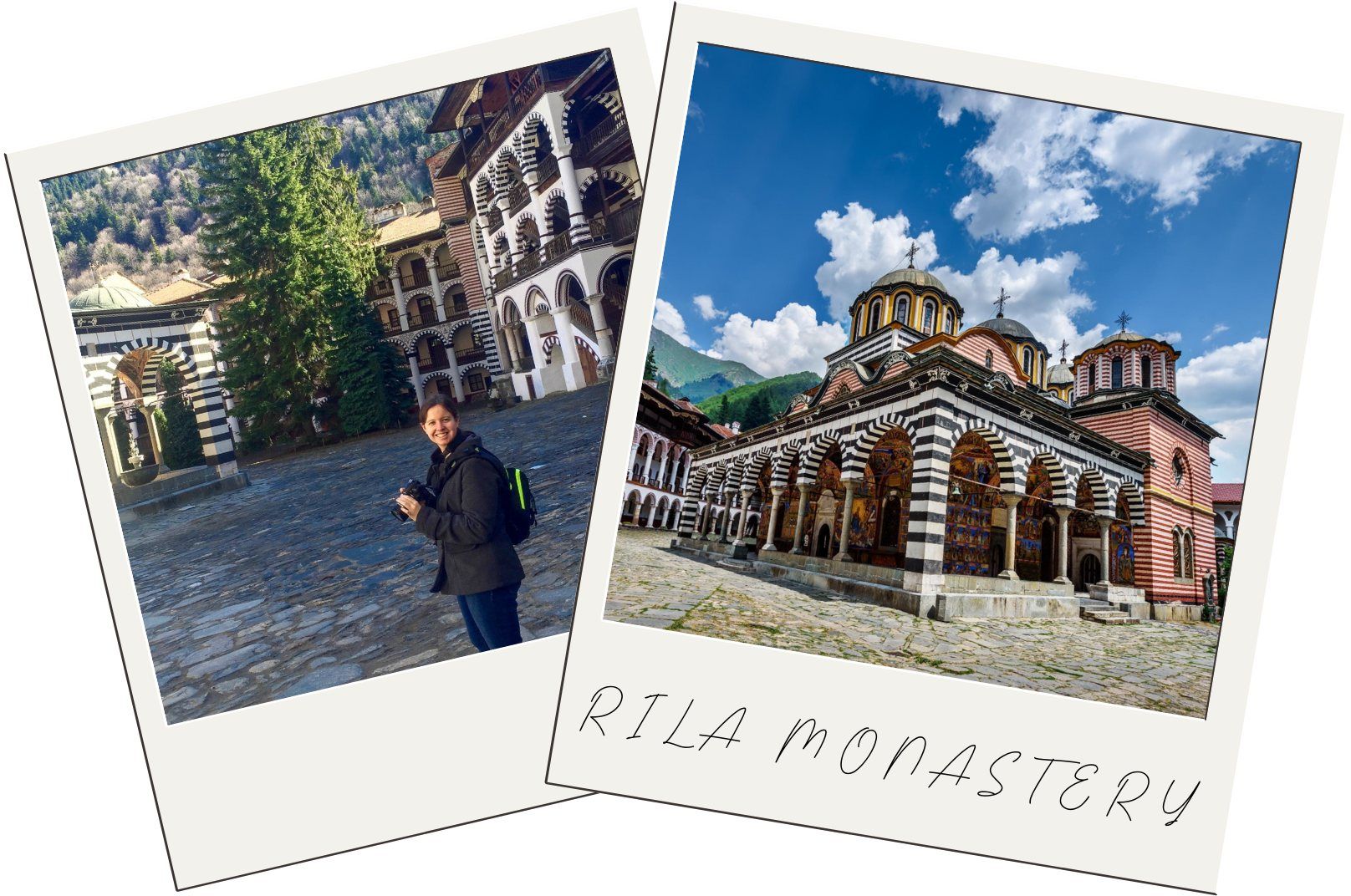
2 Nights in Melnik + a Sidetrip to the Rila Monastery
Depart Belogradchik this morning and head south to the Rila Monastery, which is on your way to Melnik. The Rila Monastery is the largest and most famous Eastern Orthodox monastery in Bulgaria.
Melnik is a premier wine destination in Eastern Europe. The town is also at the base of the famous Melnik Earth Pyramids – sandstone rock formations in the shapes of pyramids, giant mushrooms, ancient towers, and obelisks.
When you arrive in Melnik, I recommend walking the length of the picturesque town and having a sit-down dinner. Here’s my guide to the Best Local Foods to Try in Bulgaria.
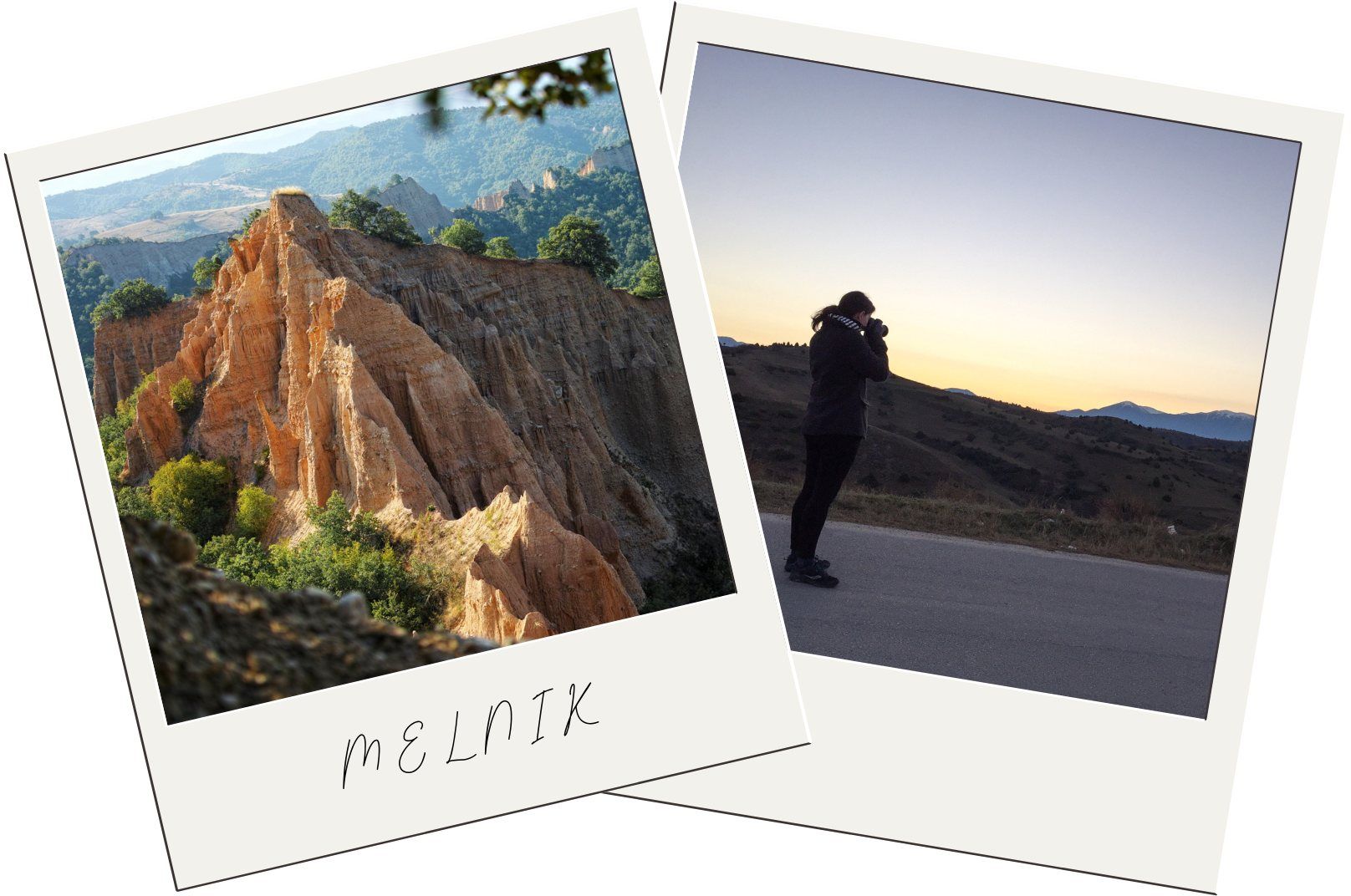
On day 6, you should hike to the Rozhen Monastery, which will take you past some of the most popular and interesting rock formations of the Melnik Earth Pyramids. Later in the day, you should do a tour and tasting at a vineyard.
This area is good for growing international grape varieties, such as Cabernet Sauvignon, Merlot, or Syrah. But there are two local grape varieties you need to try. The first is Shiroka Melnishka (also called Broad-leaved Melnik), and the second is Ranna Melnishka (or Early Melnik).
I recommend Villa Melnik because its tasting room has extraordinary views of the countryside and mountains. Villa Melnik is one of the Best Wineries in Bulgaria.

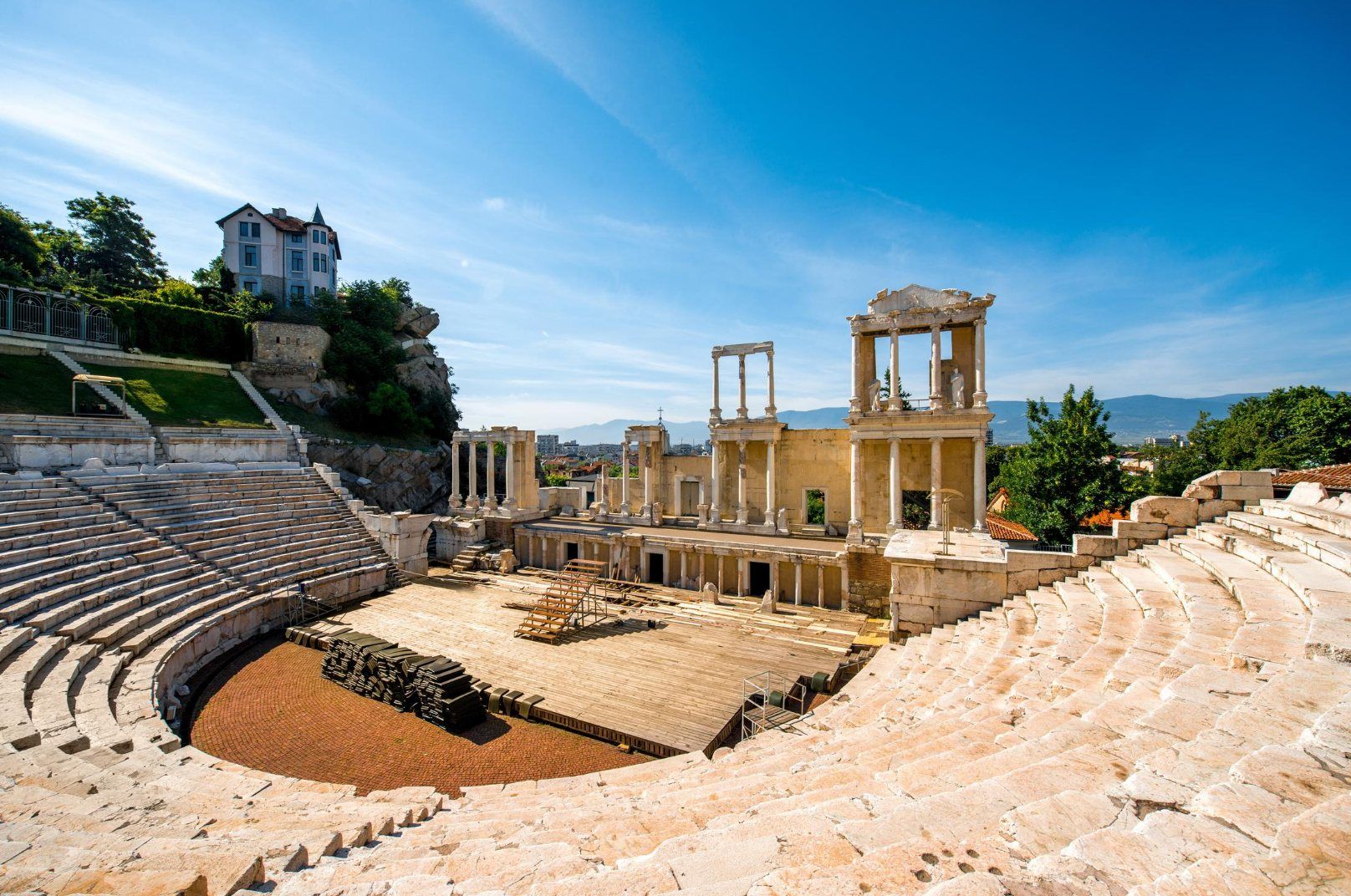
1 Night in Plovdiv
On your seventh day, make the four-hour drive to Plovdiv. Plovdiv is one of the oldest cities in the country, and it’s built on and around seven hills. This, combined with its size, abundance of ancient Roman ruins, and cosmopolitan “feel,” is why the city is often considered a less expensive and less touristy Rome.
Highlights for your time here are visiting the Theater of Philippopolis (pictured above), exploring the Old Town, trying the local Mavrud wine and Rakia with dinner, and watching the sunset from Nebet Tepe, also known as “The Guard Hill.” I recommend this Plovdiv walking tour!


2 Nights in Varna
You don’t need to rush to leave Plovdiv on your eighth day if there’s something you didn’t get to do the day before. On your way out of the city, take a 30-minute drive to Asen’s Fortress. Then head to Varna on the coast.
Varna is a resort city on the Black Sea. The oldest gold treasure in the world was discovered at a necropolis in Varna. And the collection is now on display at the Archaeological Museum.
Must-do activities when you’re here are: have a beach day, stroll through the Sea Garden, visit the Aladzha Monastery cave complex, tour the Varna Cathedral (pictured above), and see the Stone Forest.
The Stone Forest, also known as Pobiti Kamani, looks like ancient columns, but they’re actually naturally-formed stone pillars.
Varna has a large airport and train station. So from here, you should be able to make your way home or to your next destination.
Alternative Coastal Town: Varna is one of the larger and more popular coastal towns. So, if you want a more intimate resort town, I’d recommend Sozopol. It’s more off-the-beaten-path, but it’s also more expensive. But if you’re visiting in the low season from November to March, then you should stick with Varna. Because nothing in this town will be open.
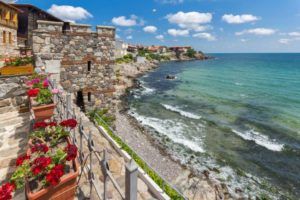

Shop My Bulgaria Essentials

What would be on your Bulgaria itinerary? Share below so we can work together on providing even more options for a Bulgaria trip!

Plan the Rest of Your Trip
-

10-Day Bulgaria Itinerary

Recommended Tours in Bulgaria

This Bulgaria itinerary is not a sponsored post. And, as always, the thoughts and opinions expressed here are entirely my own. Some of the links in this Bulgaria itinerary are affiliate links. And, at no cost to you, I may earn a small commission.
 Destinations
Destinations Packing
Packing Travel Tips
Travel Tips
 Photography
Photography Points & Miles
Points & Miles Credit Cards
Credit Cards
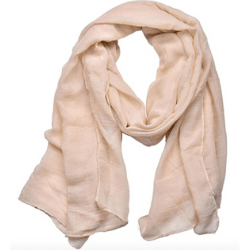
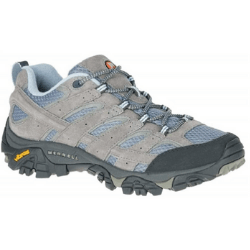


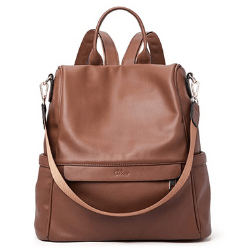








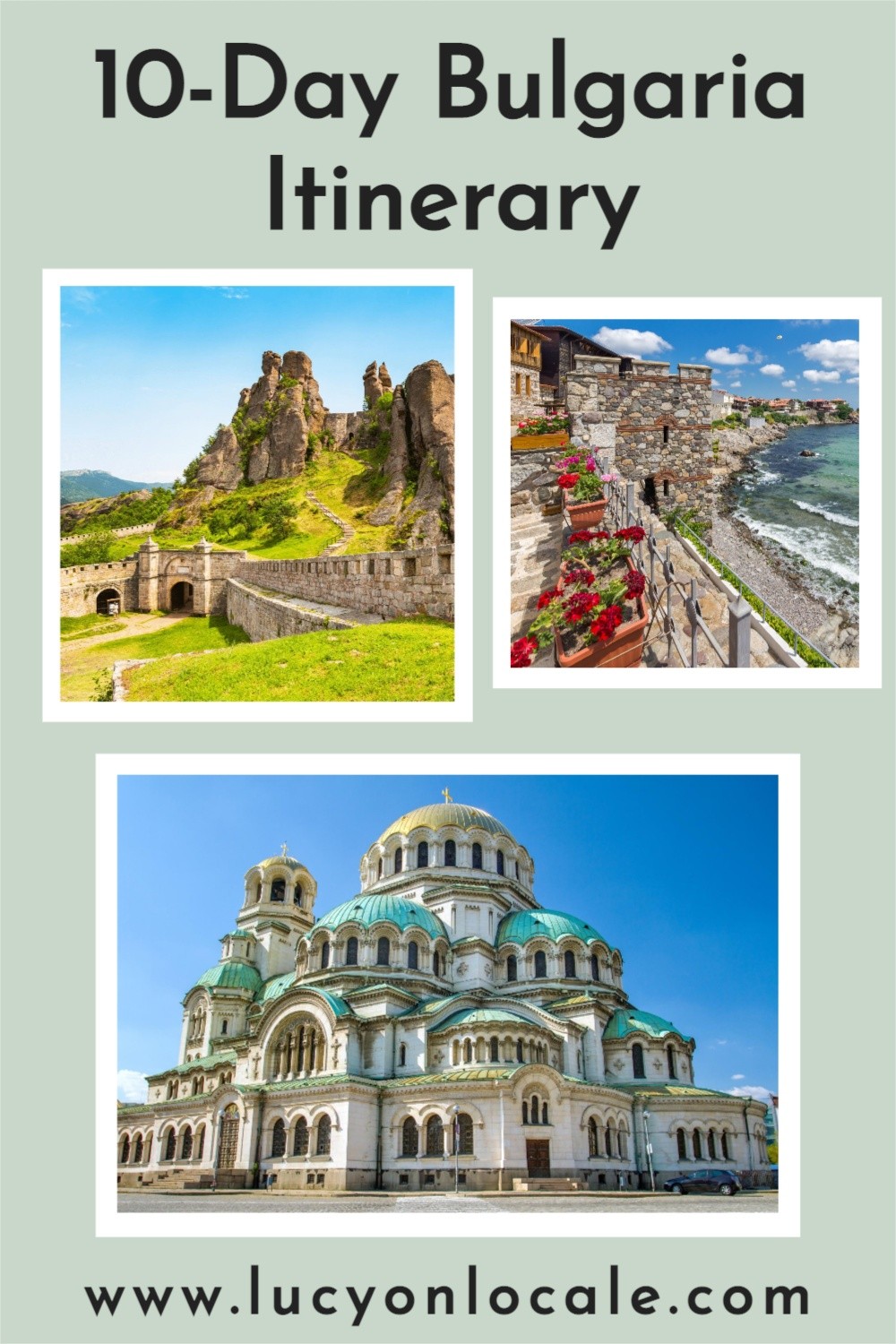





Georgi
I would definitely include the medieval capital of Bulgaria – Veliko Turnovo. Also, while at Asen’s fortress, one should make it to the amazing Bachkovo monastery next door. And then, not far from Varna is the palace of Balchik and Cape Kaliakra with the Kaliakra fortress on top of the cliffs.
From the coastal towns, I wouldn’t miss Nesebar with its ancient churches and medieval fortifications.
Lucy On Locale
These are great additions! Thanks for sharing!
Erin
Hello!
Great post – some really useful tips in here 🙂 I was just wondering how you found driving over there, please? I’m going to Sofia, Plovdiv and Veliko Tarnovo and have booked buses, but I’m now considering hiring a car. I’ve heard the roads can be quite old and the drivers quite aggressive, but I’d be interested to hear your first hand experience, please.
Thank you 🙂
Lucy On Locale
The rules of the road are the same as in the U.S., but the driving is very aggressive, and blinkers aren’t generally used as much as I was used to, but it didn’t make me too nervous, and I was able to adapt quickly. The hardest part of driving was that all road names are in Cyrillic, so I couldn’t read or pronounce any directions. I had to strictly use my GPS as a visual aid (the audio directions were no help to me). Overall, I’m glad I opted for a rental car but always plan more time into your drives than you think you’ll need.